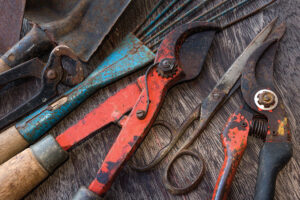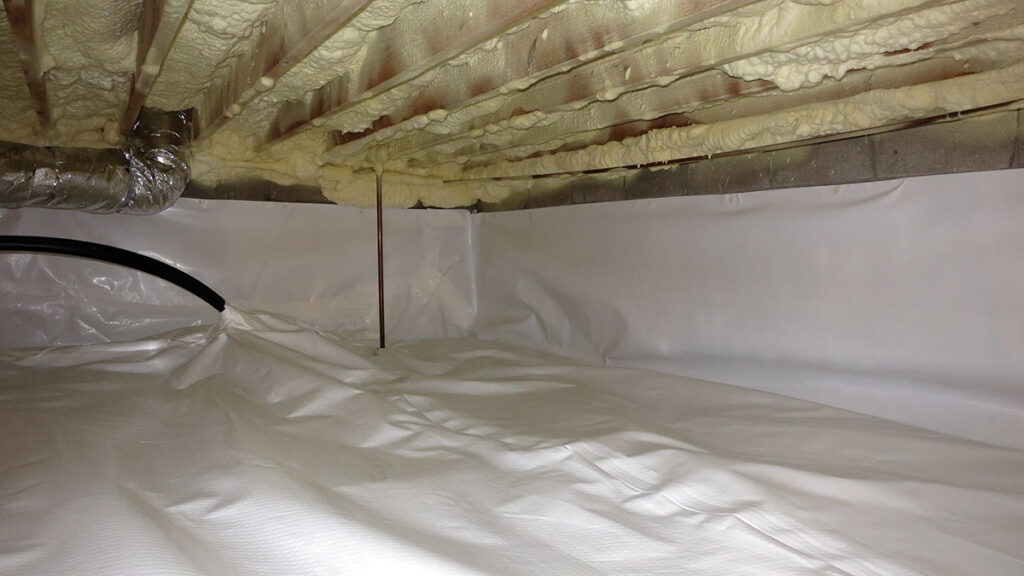Years ago, when fall crept in slowly but winter descended like a sprinter, some tools did not make it indoors. Of course it was the tools fault, since they decided to just stay outdoors for the winter instead of making their way into the garage. That was also the year the tools, that did make it indoors, weren’t bedded down for the winter as they should have been.
Tools are an investment whether you put out that initial dollar or inherit them. And, a well-used tool that fits perfectly in your hands is worth its weight in gold. You need to treat it like a member of the family, and not some black sheep.
Garden tools aren’t high maintenance. Sure, it may take more time this autumn compared to the little things you could have done all summer when you were using the tool. Still, it isn’t like you are painting the house from scratch.
And it’s relatively cheap. All you need is water, a good steel brush or steel wool, elbow grease (free except for the Ben-Gay afterwards) and some oil products. Oh, and a file.
Winter’s death knell on tools is rust. You’d think in the garage there wouldn’t be rust, but it’s like an oxidizing cancer, creeping bit by bit. So, you need to thwart it.
First, the tools must be clean.
That’s where soap, water and either the good steel brush or steel wool come in handy. Some of the soil may be caked on and require more effort. But it’s important to get it all off. You may need to soak the tool a bit to allow the water to turn the dried soil into mud.
Check the metal thoroughly, since soil can hide in cracks and crevices. Scrub the tool so it’s at the point you could eat your meals off of it, though that’s not really recommended.
You can do all the cleaning outside. Most of my tools are dragged to the basement, clanging and clattering down the stairs and scaring the cats. But there is a deep sink that can be filled with water allowing the tools to soak. It’s easier keeping track of the steel brush.
After the tools are clean, allow them to dry thoroughly. You can towel them off or set them in the sun. The point is to make sure they are dry.
The next step is to make sure they are spring-ready. For the shovels, spades and hoes, that means making sure they still have a nice cutting edge. That’s where the file comes in, and another reason the basement is a great place. An alternative to the file is a grinding wheel, though sometimes getting the correct angle is difficult. But it can really put a nice edge on the tools.
Once the tools are cleaned and sharpened, the metal parts should be coated with a fine layer of oil. Using a WD-40 soaked rag may be good enough. You just want to make sure winter humidity doesn’t cause rust to get a foothold.
Thoroughly check out the handles. Most are wood, and if you take some fine sandpaper and go over the handles,

you can get rid of some potential splinters. Using a linseed oil-soaked rag on the handles keeps the handle smooth and limits splinters.
If the handles are fiberglass, you can also take some superfine steel wool (000), but there is no need to use linseed oil.
Hang the tools in the garage or shed. Don’t let the metal heads sit on the concrete or floor. This provides another layer of prevention to limit rusting and splintering.
Finally, make sure all pruning tools from clippers to loppers to saws are also thoroughly cleaned, sharpened and oiled. Then relax and be thankful that you’ll be able to jump into spring activity next March.









